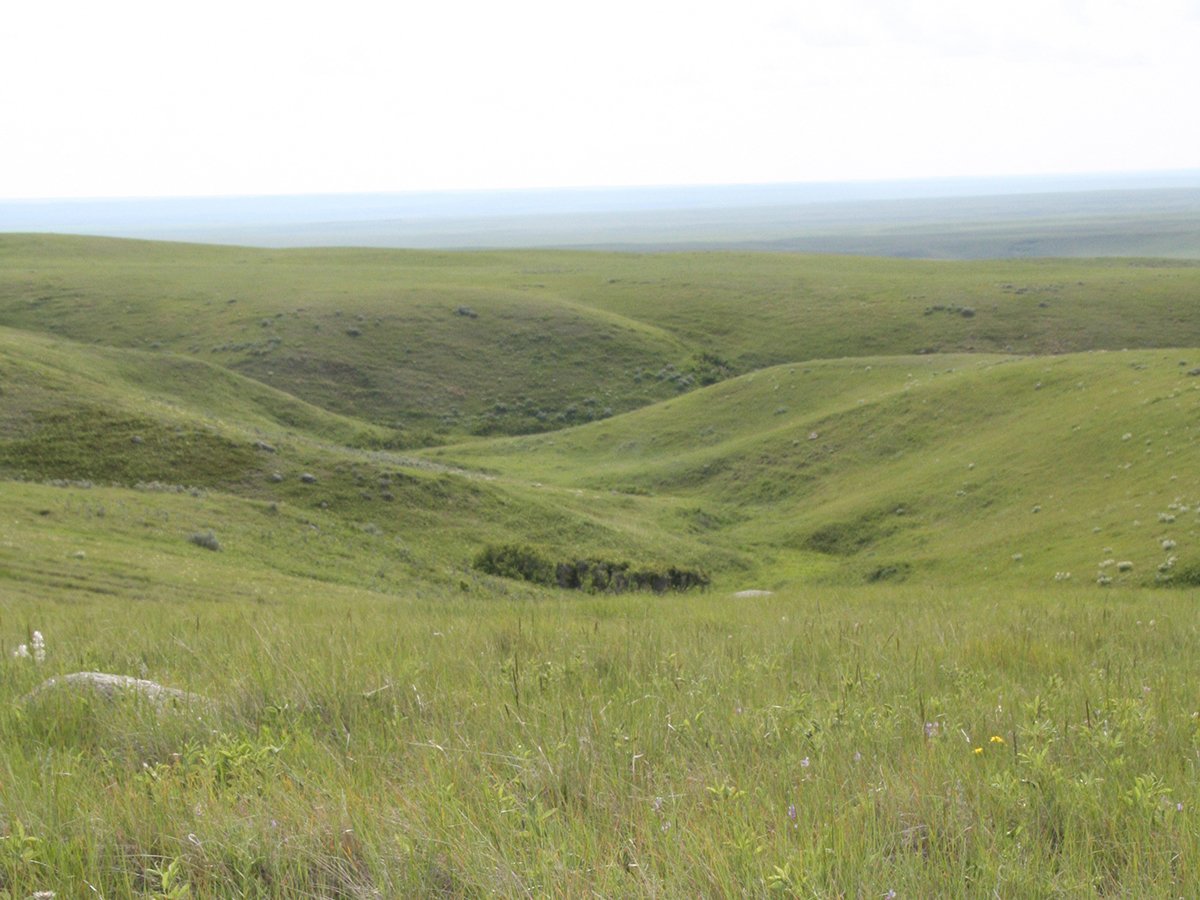Chicken Farmers of Canada has launched a new animal care program.
Full implementation of the voluntary welfare program, which will be administered provincially, is expected by 2013, even though some producers complain about more paperwork and requirements placed on their farms by others.
“I know the food safety and animal care programs are sometimes hard to swallow,” Chicken Farmers of Canada chair David Fuller told the recent Alberta Chicken Producers annual meeting.
“I am a farmer too and I hate paperwork, but we have reached a point where consumers and government just won’t take our word for it. We have to prove that we do what we say we do and if we don’t, someone else will ask us to.”
Read Also

Alberta irrigation project on grasslands approved
Environmental concerns raised by Alberta conservation groups over irrigation expansion project within rural municipality
Erna Ference, a broiler producer from Black Diamond, Alta., who sits on the national board, said the new program must avoid overlap.
“It is going to be tied to the on-farm food safety program as far as the standard operating procedures and there will be an overlap, but we don’t want farmers to fill out two programs and be audited on two completely different programs.”
All farms must be certified under a national on-farm food safety program, and the chicken boards hope addition of the welfare standards will not be burdensome.
Part of the impetus was to stay a step ahead of animal rights activists, Ference said.
Auditors will verify on-farm practices. As well, further requirements are coming from processors, which have set high standards of care.
Forty stakeholder groups developed the program, including farmers, industry, academics, farm animal councils, humane organizations, governments, veterinarians, food service and retail.
Manuals are being distributed that include suggested and “must do” practices. They are endorsed by the Canadian Veterinary Medicine Association and Canadian humane societies.
The manual provides standards for bird density in barns, water and food supplies, hygiene, air quality, lighting and other areas of comfort.
Ference said bird density must be addressed in Alberta with more space allocated per bird.
“They see it as a cost, but you are going to get a better quality bird.”
Other aspects of the program should not cost much because most of it involves completing checklists.
Egg producers have had a welfare program for several years, said Alberta Egg Producers manager Susan Gal, and producer support has been excellent.
Welfare standards are embedded in the national on-farm food safety program, but the care aspects remain voluntary. The national organization wants 90 percent compliance, but Gal believes nearly every Alberta farm has adopted the program.
“We don’t see too many issues in getting our producers on board,” she said.
Egg producers have been criticized for keeping birds in cages, she added, and they have tried to make changes to give customers what they want.
“We have an obligation to supply the market. We need to find ways to provide it.”
Most people eat white eggs produced from chickens living in cages, but more variety is offered.
“Some of our producers are moving to meet market demand,” she said.
They can offer eggs produced in a free-run environment, in aviaries or in enhanced cages where birds have room to move around, perch and have dust baths. These various types of eggs are available in mainstream grocery stores in labelled egg cartons.
The code of practice is still voluntary, but Alberta is making sure everyone complies beyond the code regarding cage density, lighting, fresh food and water. Egg Farmers of Canada provide the auditors.
“In Alberta, we established cage density guidelines in 1995, so this is not something new for Alberta producers in terms of talking about density,” Gall said.
“There is always room for improvement, but I think we are well on our way toward meeting the standards in our animal care program.”
The pork industry launched an animal care program in 2005 that is tied to the food quality program started in 1998. Catherine Scovil of the Canadian Pork Council said it sets up good practices and standards for farm animal care that are reasonable for producers to follow.
Program compliance isn’t required to sell hogs to a processor, although companies such as Maple Leaf have animal care standards at their plants.
“We see the drivers being at the retailer end that are influenced by consumers interested in animal welfare,” Scovil said.
Karen Schwartzkopf-Genswein of Agriculture Canada, who researches animal behaviour and welfare issues, said the trend in North America for improved animal welfare has been driven by food processors and major companies such as McDonald’s.
“Unlike Europe, where it was regulated by the government, it is coming from the food industry,” she said.
“Many of the big companies have taken seriously all the issues around handling and management practices.”
Processors told suppliers that certain standards must be met and audits are conducted in plants and in transportation. At some point the standards could be extended to the farm.
“Suppliers will dictate to them and if they want to supply that market, they will have to comply with the rules, whatever they are. I hope the rules are based on science,” Schwartzkopf-Genswein said.
Negative press and backlash from egregious acts have prompted change. Disturbing videos of workers abusing cull dairy cows at a California processing plant resulted in a consumer backlash against the company, which went bankrupt.
Changes on the farm are partly linked to changing old habits, but other measures also need to be introduced, such as pain medication for procedures. For example, many countries do not allow castration of animals more than one week old without pain medication.
“There are still some outstanding issues that the industry needs to be aware of,” Schwartzkopf-Genswein said.
“One of them is pain medication.”

















